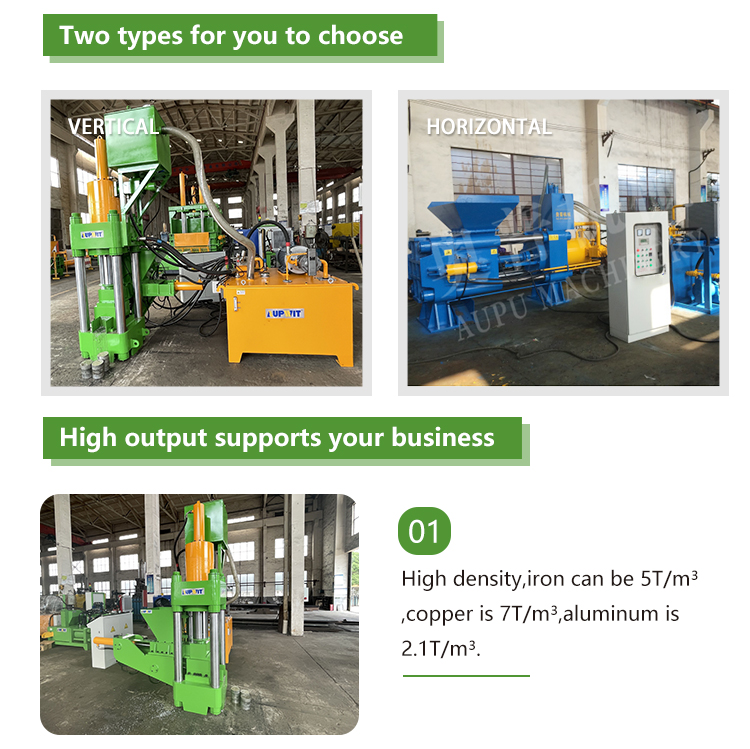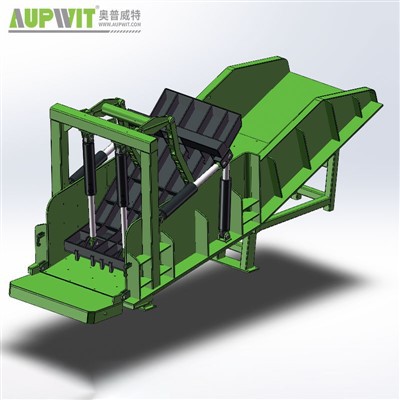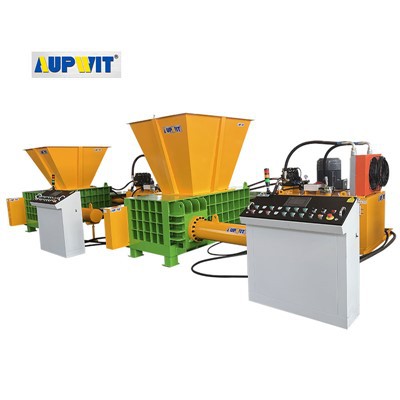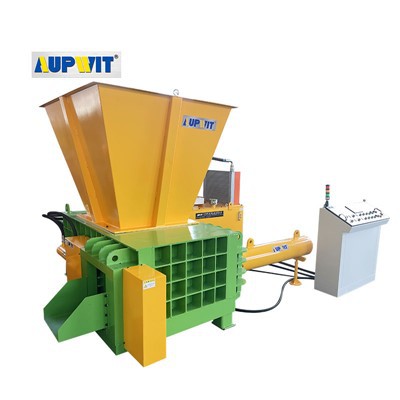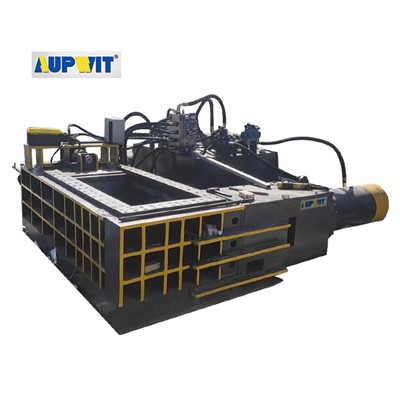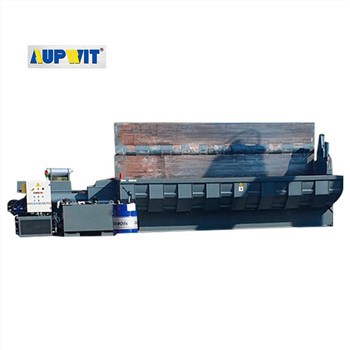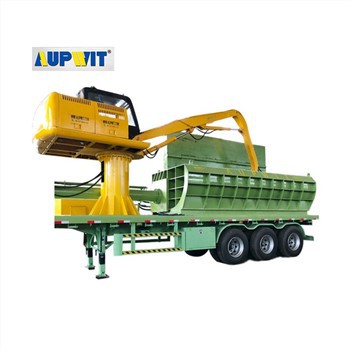The molding efficiency of briquetting presses can be enhanced through several key approaches.
Firstly, optimizing the mechanical structure of the press is crucial. High - performance hydraulic or mechanical systems with powerful driving mechanisms can generate higher and more stable pressure. This allows for faster compaction of materials, reducing the time required for each molding cycle. Advanced pressure - transmission components, such as precision - engineered cylinders and linkages, ensure that pressure is evenly distributed across the material, enabling rapid and consistent densification.
Secondly, intelligent control systems play a vital role. Modern briquetting presses are often equipped with programmable logic controllers (PLCs) or advanced computer - numerical control (CNC) systems. These systems can precisely regulate the pressure application process, including the rate of pressure increase, holding time, and pressure release. By fine - tuning these parameters according to different material properties, the molding process can be optimized, minimizing unnecessary time spent on over - or under - compaction. Additionally, sensors integrated into the system can monitor real - time parameters like material temperature, pressure, and density, allowing for immediate adjustments to maintain optimal molding conditions.
The design of the mold also impacts efficiency. Custom - designed molds with smooth inner surfaces and appropriate draft angles reduce friction between the material and the mold walls. This facilitates easier ejection of the molded briquettes, shortening the cycle time. Moreover, multi - cavity molds can be used to produce multiple briquettes simultaneously, significantly increasing the output per cycle.
Another important factor is material pre - treatment. Ensuring that the input materials have the right moisture content and particle size distribution can greatly improve molding efficiency. For instance, drying materials to an appropriate moisture level prevents issues like sticking and uneven compaction. Grinding or shredding materials to a uniform particle size helps achieve more consistent and faster compression.
Finally, regular maintenance and proper operation are essential. Well - maintained equipment, with lubricated moving parts and calibrated pressure systems, operates more smoothly and efficiently. Trained operators who understand the machine's capabilities and limitations can also make quick adjustments during production, ensuring continuous high - efficiency molding.
